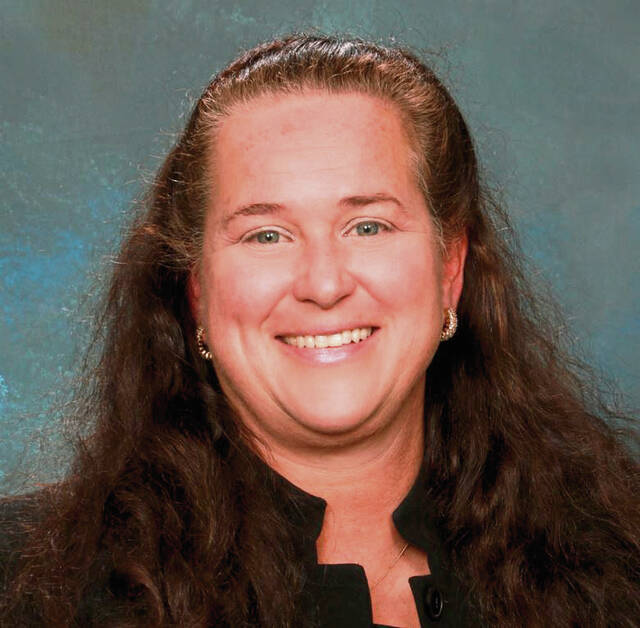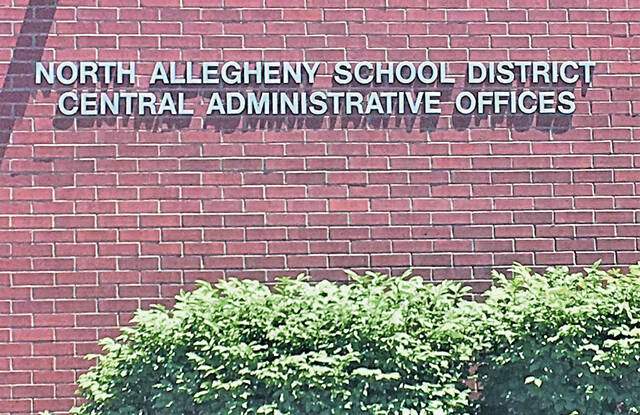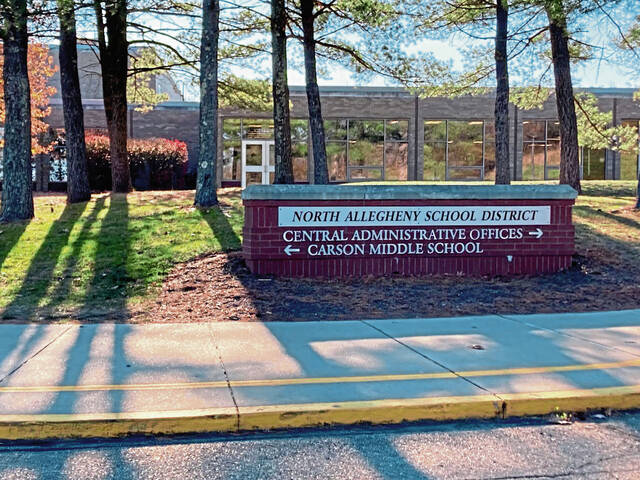Split NA School Board approves 2022-23 budget on 5-4 vote
North Allegheny School Board, on a 5-4 vote, adopted a nearly $191 million budget for the 2022-2023 school year that contains a smaller tax increase than proposed earlier this month.
The budget adopted by the board June 21 raised the property tax millage rate from 19.1408 mills to 19.74 mills, an increase of approximately $59.92 per $100,000 of assessed value, or $5 per month, according to the district. The average district residential assessed value is approximately $250,000, equating to an average impact of $150 per year, or $12 per month.
This amount excludes the additional Homestead/Farmstead credit of $38.90. For eligible Homestead/Farmstead property assessed at $250,000, the net annual impact would be $110.90 or $9.24 per month, according to the district.
The board originally considered a tax hike to 19.79 mills, according to the budget presented at the June 8 school board meeting.
That proposed 19.79 rate would have cost property owners $65.07 per $100,000 of assessed value, or about $5 per month. The average district residential assessed value is approximately $250,000, equating to an average impact of $163 per year, or almost $14 per month.
This amount excludes the additional Homestead/Farmstead credit of $38.90. For Homestead/Farmstead property assessed at $250,000, the net annual impact would be $123.78 or $10.31 per month.
Several North Allegheny taxpayers asked the board June 21 to not raise taxes. No one from the audience supported the increase.
Most argued the increased cost of living has been a challenge, and this just isn’t the time for a tax hike.
“As a taxpayer, I don’t want to pay any more than I have to, and I don’t think anyone wants to,” said Brendan O’Donnell, 37, of McCandless.
School Board Director Elizabeth Warner, who is chair to the NA Budget and Finance Committee, suggested the compromise of lowering the millage rate to 19.74.
Those voting for the increase included board President Richard McClure and members Leslie Britton Dozier, Paige Hardy, Kevin Mahler and Warner. Those opposed were Libby Blackburn, Marcie Crow, Dr. Vidya Szymkowiak, and Shannon Yeakel.
The rate will go into effect July 1.
Taxes have not been raised in North Allegheny since 2019, according to a June 8 budget presentation.
McClure cited several ongoing expenses, including potential high school renovations, steadily increasing mandated contributions to the Public Schools’ Employee Retirement System, and salaries and benefits.
McClure said the average annual cost per student at North Allegheny is about $22,470, which is the total budget divided by total number of students. A child who attends 13 years will receive an education with a value of approximately $292,000, he said. The average homeowner who pays tax at the proposed rate would realize that value in about 59 years, he said.
“With three children in the district, I will never be able to pay this back,” he said.
Several school board directors stated the district has a good bond rating, which NA could lose if its fund balance decreases, which could happen without an eventual tax increase. The good bond rating can help secure better financial borrowing options.
Szymkowiak argued making cuts to the budget to avoid a tax increase can be done without massive layoffs or negative impacts to NA education. She said there are several categories that can and should be re-examined for efficiencies.
McClure and Warner said the administration already has made major cuts and cost-savings to bring down expenses.
Blackburn was not convinced the amended, lower rate was a good compromise.
“It is actually quite an increase. It still is way too high,” she said, referring to those who are on tight or fixed incomes. And she said this year’s inflation is worse than it’s been in many years, so now is not the right time.
“We are constantly asked to raise taxes and are not looking strategically to our future.”
Crow said the budget was $185 million in 2019 and is now at $191 million.
“In a couple of years that is very significant,” she said. She said there are missed opportunities for funding, including several grants.
“I do believe there are areas that we could definitely make cuts that don’t affect students directly,” she said. She said the board needs to give approval to the superintendent and administration to look closely at spending.
Hardy said property owners would be paying a lot more in taxes if at another school district, such as Mt. Lebanon, Upper St.Clair and Fox Chapel.
Mahler supported the lower tax rate, saying, “Something’s better than nothing” and will have beneficial “long-term impacts.” He said the state contributes less than many other states in regard to public education.
About 75% of the budget expenses are for salaries and benefits.
The NA School Board is following the guidelines of the Taxpayer Relief Act, also known as Act 1.
The Act 1 Index is an inflationary index that sets the maximum a district may adjust millage to account for rising costs. In years where inflation, or rising costs, outpace the growth of the district’s assessed values, state funding and other expected revenues, boards may elect to adjust millage based on the Act 1 Index, said Kermit Houser, assistant director of finance and treasurer.
The millage rate can be raised only by a certain percentage set specifically for each school district. This year, the estimated rate for NASD is expected to be at the maximum of 3.4%, which would reflect a millage rate of 19.866.
O’Donnell said the district should look more into its expenditures compared to revenues and make the cuts.
“Every business has to make cuts. Every business has to look at the bottom line,” he said.
Natalie Beneviat is a Trib Total Media contributing writer.
Remove the ads from your TribLIVE reading experience but still support the journalists who create the content with TribLIVE Ad-Free.




